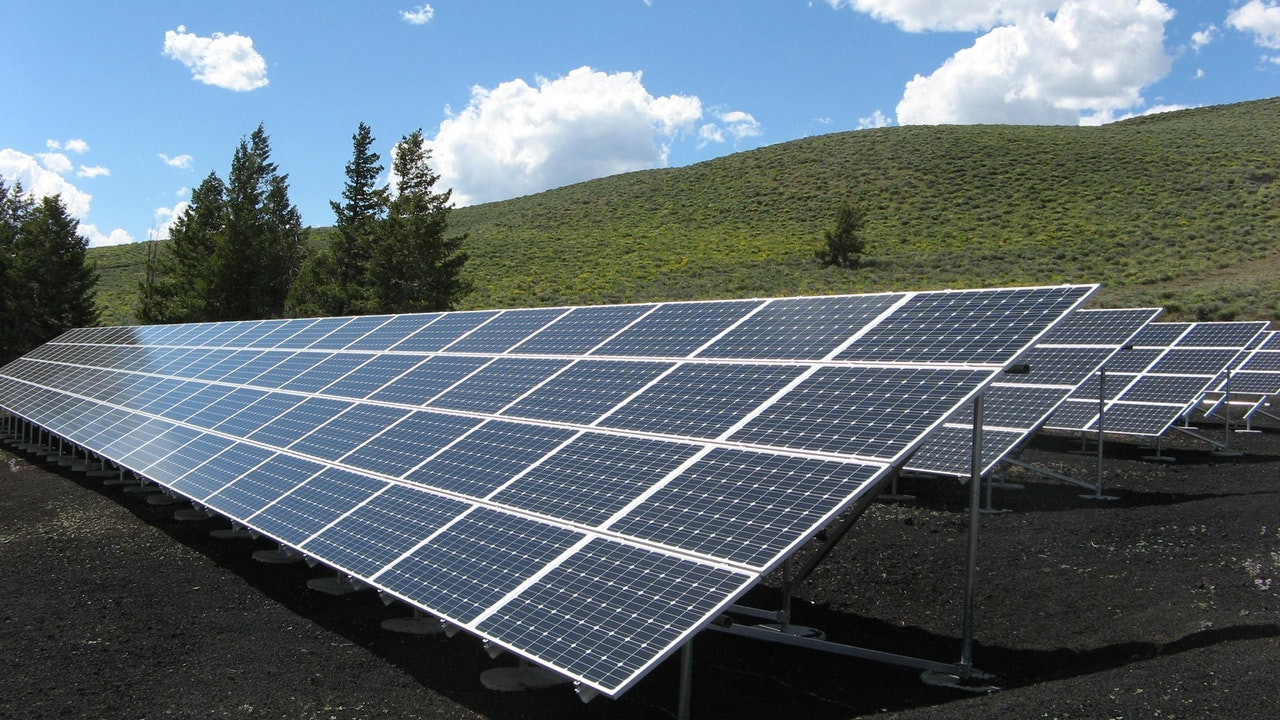Solar News Recap: 2017
2017 is another year in the history books. At the close of every year, most of us sit back and reminisce about all of the new beginnings, losses, and successes of the preceding year. This year is no different. Since we’ve been bringing you tidbits of solar news throughout the year, we’d like to take a moment to recap some of the most exciting things that 2017 brought to the solar arena.
Less Expensive Solar:
Every year, solar prices are declining due to new manufacturing techniques, better technology, and greater accessibility around the world. 2017 was no different. In fact, fixed-tilt utility-scale systems have dropped under the $1/watt barrier for the first time in history. This is a big deal for commercial and large scale systems, and is also a great indicator that large scale commercial solar power plants will start popping up more frequently. Total installed U.S. solar PV capacity is expected to nearly triple over the next five years. According to EnergyInformative.com, the cheapest solar panels currently cost about $.75 USD per watt. This is considerably cheaper than what solar cost a decade or even a few years ago.
Notable Projects:
The Kamuthi Solar Power Plant, located in India (648MW) is now the largest solar plant in the world. This super-sized plant became operational in 2017, an exciting development for Asia. Kamuthi dethroned the Topaz Solar Farm in California, which has an operating capacity of 500MW, as well as the Longyangxia Dam Solar Park – 850MW, located in China. Perhaps most surprisingly, this plant was built in only 8 months time and can power 150,000 homes at full capacity. Although the USA and China are the top solar markets in the world, India is quickly becoming the third largest market. India is also ambitiously aiming to generate nearly 60% of its electricity rom non-fossil sources by 2027. Can we all follow India’s solar plans?
Fastest Growing Renewable Energy:
Solar is now the fastest growing renewable energy sector. In fact, it has outstripped the growth of all other forms of power generation for the first time. In 2017, solar use grew more than coal, pointing to falling prices and less restrictions worldwide. Solar is also being used to manage power needs during peak times, reducing reliance on traditional energy. Wind is currently the second most popular renewable, as it is also a relatively low-cost option. Both solar and wind are becoming comparable in cost to fossil fuels, making them a competitive option during project bidding. This trend may have been set in 2017, but it is expected to continue through 2022.
Notable Solar Innovations:
A team of scientists at MIT have developed a new kind of “hot” solar cell. These new cells turn sunlight into heat, and then convert it back to light to capture more energy. This new method is known as “thermovoltaics,” a new take on traditional solar that allows the cell to absorb more energy. Traditional solar cells cannot turn more than 32% of sunlight into electricity, limiting its efficiency. The MIT prototype is only 6.8% efficient, but through various enhancements is expected to be twice as efficient as a traditional solar cell. Don’t get too excited, as the final product is still 10-15 years away.
Clear solar panels are also a new innovation that was introduced in 2017. Clear solar panels are ideal for homes, as they can be substituted for glass windows. Alternatively, they can serve as skylights or building windows. Glass panels are more durable, less flammable, and less prone to erosion than their traditional counterparts. Glass panels will also likely be built into a structure rather than incorporated after; builders will include them on new homes and buildings. Along the same lines are the new frameless solar panels (clear panels are also frameless). Many homeowners find the framing of the panel to be the least appealing feature. Frameless solar panels will create a more aesthetically pleasing PV system.
Tesla Solar Tiles are another great innovation. Like frameless and glass panels, solar tiles give a cleaner, more polished look to a solar project. Tesla started accepting deposits for solar roof tiles in 2017, and the installations began in California. These solar tiles cost somewhere around $21.85 per square foot of roofing. Surprisingly, these solar tiles are more durable than traditional roofing, giving an added bonus. The tiles will be available in Tuscan glass, slate glass, textured glass, and smooth glass. Nationwide construction may begin in 2018.








